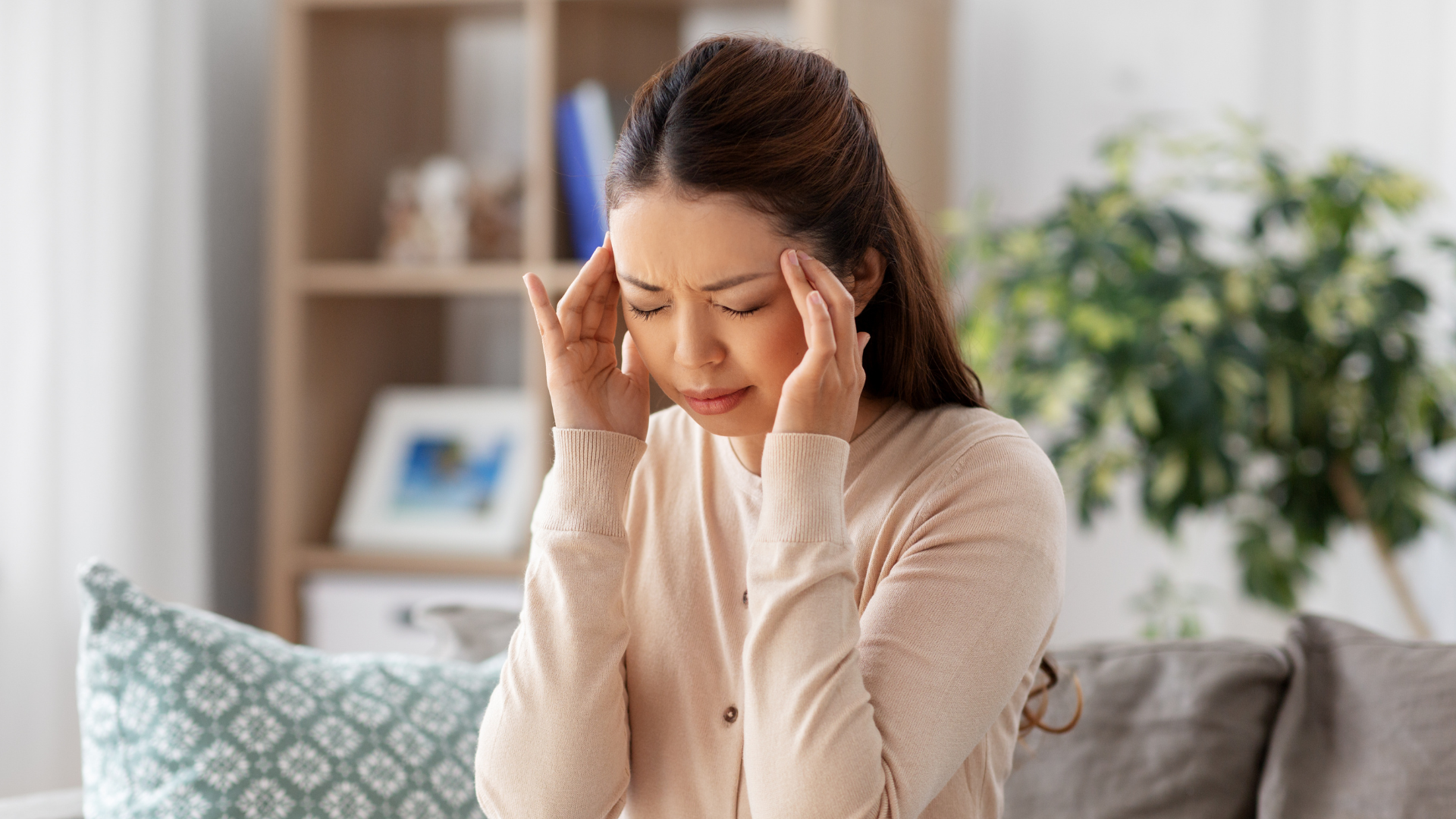A bad headache is enough to dampen anyone’s mood. But a migraine can be completely draining, preventing you from carrying out the rest of your activities. Migraines are pretty common as they affect up to 12% of the population worldwide.
If medicine is a proven way to both treat and prevent migraines, it is only one part of the story. It’s also important to take good care of yourself and understand how to cope with migraine pain when it strikes. So let’s take you through the common causes of migraines and how to treat them when they occur.
What are migraines exactly?
Migraine is a specific type of headache that typically affects one area of the head. They built up gradually through “attacks”, with each attack getting progressively more painful until it usually revolves itself.
While migraines can happen to anyone, they tend to be more common in adult women than men. Some women may find that migraine attacks tend to coincide with hormonal changes and occur just before or shortly after onset of menstruation. The risk of migraine is also higher if there is a family history.
What are the treatment options available for migraines?
Apart from lifestyle changes, there are medications that can help control migraine headaches.
Generally, paracetamol and other non-steroidal anti-inflammatory medications are effective enough to help with migraine attacks. For more critical cases, it is possible to take specific anti-migraine medications, which can be prescribed by your doctor.
For patients with very frequent attacks, your doctor may also recommend specific types of medication to prevent the attacks from happening.

What are the common triggers of migraine episodes and how to prevent them?
Migraines can have a variety of triggers, from environmental and emotional factors to the food that you eat. Identifying what triggers your migraines is essential to learn how to manage them effectively. Prevention and early action, when a migraine strikes, are key to keeping this condition under control.
1/ Find a quiet, dark place to relax
Sensitivity to light and sound is one of the most common migraine symptoms. Lie down and pay attention to your breathing. Try taking slow, deep breaths from your diaphragm. Feel your stomach rise with the inhale and fall with the exhale. This can help you relax.
2/ Try temperature therapy
Apply hot or cold compresses to your head or neck. Ice packs have a numbing effect, which may dull the pain. Hot packs and heating pads can relax tense muscles. Warm showers or baths may have a similar effect.
3/ Stay hydrated
Dehydration is also a common trigger of migraine attacks. Try staying hydrated throughout the day. And if you have trouble drinking enough water, try flavouring water with a slice of lemon or lime or adding a small amount of fruit juice.
4/ Look at your diet
Certain foods (e.g. those with preservatives) and drinks (e.g. caffeine and alcohol) can trigger migraine attacks. There are also researches suggesting that the ketogenic diet (which focuses on high fat/low carb foods) might help prevent migraines. Another way of eating that’s been shown to possibly have a positive impact on preventing migraine is eating more omega-3 foods and fewer omega-6 ones, which may decrease inflammation in the body.
It is also important to try eating more often as long periods of time between meals, or missing meals, may trigger migraine attacks, or cause headache to be more severe because of low blood glucose levels. So migraine patients should make time for small frequent meals.

5/ Ensure you get quality sleep
This means sleeping at least 7-8 hours a day and going to bed at regular timings. To help you get better sleep, you can check our health tips here.
6/ Try massage for pain management
Massage can relax muscles and reduce stress which is another migraine trigger. However, it may not work for everyone. If you are extremely sensitive to touch during a migraine attack, a massage can make you feel worse. This is especially true for people with allodynia, a fairly common symptom of migraine that causes sensitivity to touch and other stimuli that aren’t typically painful.
7/ Prevent attacks with exercise
Exercising during a migraine attack can make the pain worse but exercising between migraine attacks may help reduce how many you have. A good rule of thumb is to aim for 30 minutes of physical activity every day of moderate intensity. Regular exercise can also help reduce stress and improve sleep.

8/ Do your best to destress
Yeah, we know: that isn’t always the easiest thing to accomplish. But it makes sense to figure out how to fit some calm into your day, as stress is one of the most reported triggers for migraine. And if your body is accustomed to constant stress, a day without it can result in a “let down” migraine when your stress level abruptly drops. So find your own personal road to peace, whether that’s meditation, a yoga class, a hot bath or some quiet reading time, and do that thing regularly.
If you’re experiencing frequent headaches or migraines, you can consult one of our doctors now.

